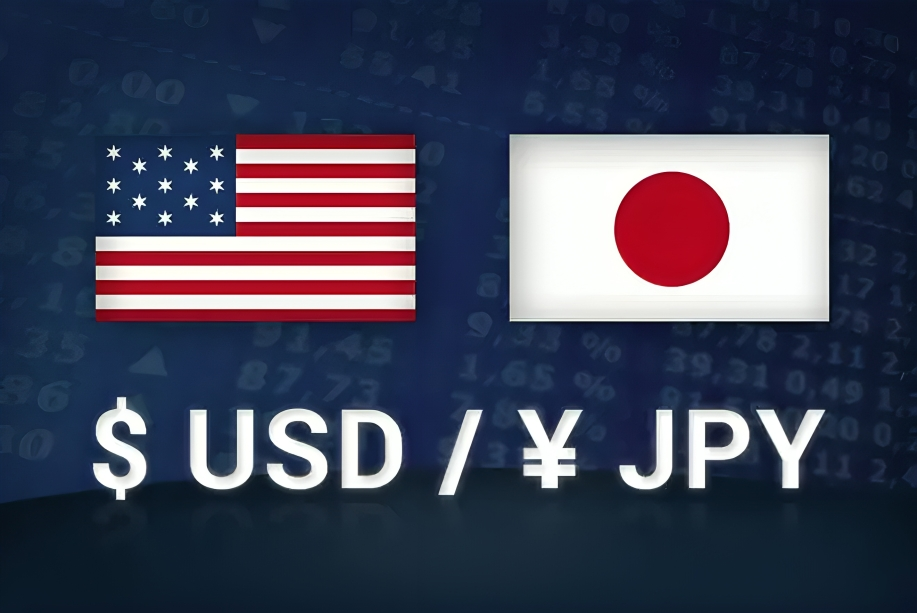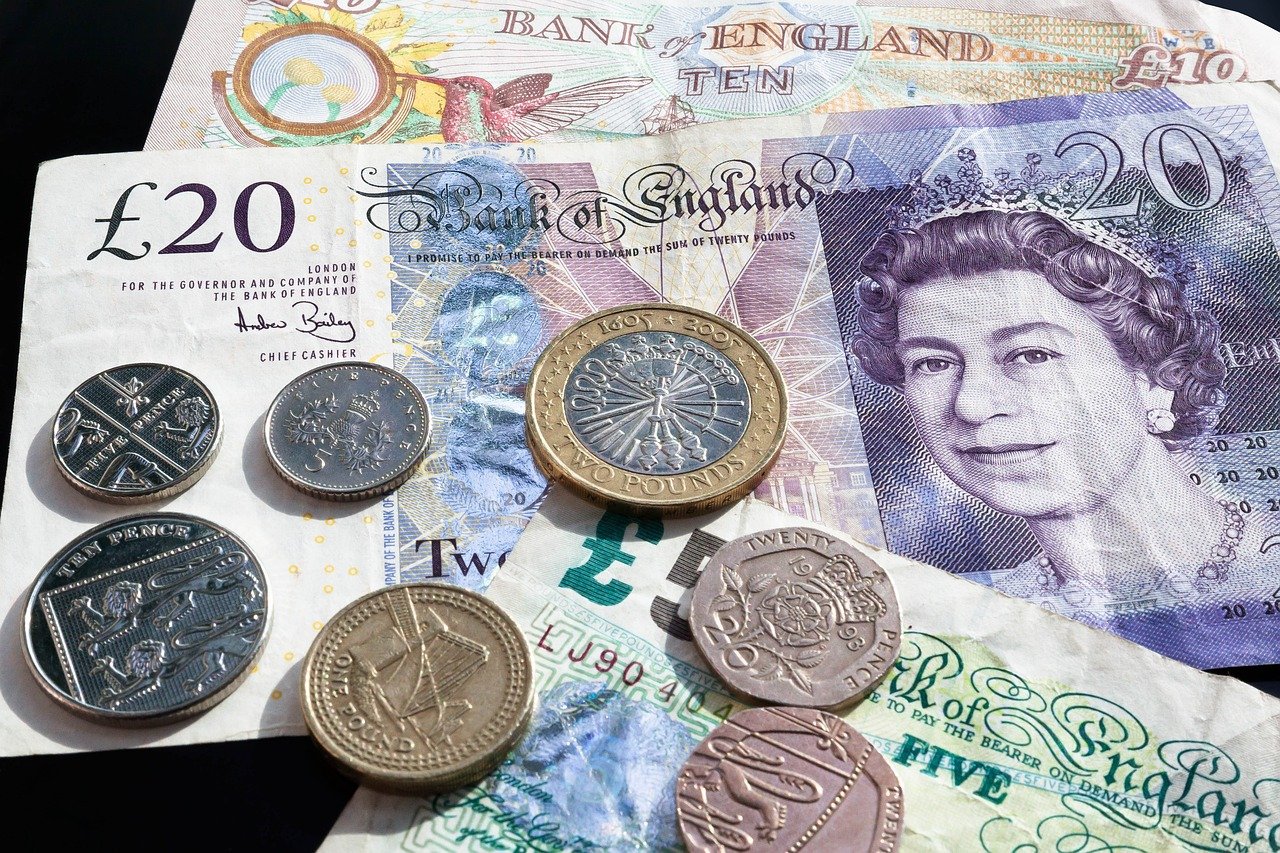EUR/USD recently saw a pullback, temporarily falling below 1.1400 as the US Dollar rallied, driven by President Trump’s remarks on the independence of the Federal Reserve and his hopes for hitting a trade agreement with China. This followed a period of volatility on concerns over tariffs and the Fed’s interest rate plans. At the same time, the Euro came under pressure from soft Eurozone economic indicators, with the April PMI showing weak growth, especially in the services sector. With market players expecting possible ECB rate reductions, the short-term direction of the EUR/USD pair is unclear, as the US Dollar is already displaying signs of regaining its safe-haven appeal.
KEY LOOKOUTS
• The US Dollar has picked up steam after President Trump’s assurances regarding the independence of the Fed and his positive sentiments on US-China trade negotiations. Market players will be looking for updates in these fronts to assess the sustainability of the Dollar’s recovery.
• Poor PMI readings in the Eurozone, specifically a decline in the services sector, indicate the struggles of the region’s economic growth. Investors will watch closely for future economic statistics to determine if this trend persists.
• Increasing speculation that the European Central Bank (ECB) might make further interest rate cuts in June could negatively impact the Euro. Words from ECB officials, especially President Christine Lagarde, will be crucial to determining the central bank’s future action.
• The EUR/USD pair is resisted at the important 1.1600 level, and 1.1276 is a pivotal support area. Traders need to monitor these levels for possible price action that might determine the next direction for the pair.

EUR/USD has come under downward pressure lately, falling below 1.1400 as the US Dollar gained strength after President Trump’s words of comfort to the market regarding the Federal Reserve’s independence and his optimistic view on US-China trade negotiations. The Euro has fared poorly, burdened by soft Eurozone PMI readings, especially a decline in the services sector, which indicated slowing economic growth in the region. Also, rising hopes that the European Central Bank (ECB) will reduce interest rates further in June have contributed to the weakness of the Euro. While the market weighs these factors, EUR/USD is in a precarious balance, with important resistance at 1.1600 and support at 1.1276.
EUR/USD recently broke below 1.1400, as the US Dollar appreciated following President Trump’s remarks about the Fed and US-China trade negotiations. However, soft Eurozone PMI data and anticipations of future ECB rate reductions are weakening the Euro, making the currency pair remain in cautious territory.
• EUR/USD fell as the US Dollar rallied, driven by President Trump’s assurance regarding the Federal Reserve’s autonomy and positive trade discussion news with China.
• The April PMI data from the Eurozone showed poor economic growth, with a decline in the service sector, putting pressure on the Euro.
• Trump showed optimism that the US and China would come to a trade agreement, mitigating some of the tariff-related uncertainty that had previously weighed on the market.
• Trump also signaled frustration with the Fed’s decision not to lower interest rates, injecting volatility into the market’s view of US monetary policy.
• Heightened expectations that the European Central Bank will cut interest rates again in June are putting pressure on the Euro.
• EUR/USD is resisted at the 1.1600 level, with support at the July 2023 high of 1.1276.
• Investors are hesitant as they wait for additional economic data from both the US and Eurozone to determine the trend of the EUR/USD pair.
EUR/USD pair has recently seen a change in momentum, mainly as a result of events in the US economy and trade negotiations. President Trump’s words of support for the Federal Reserve’s independence and optimism regarding a possible trade agreement with China have given the US Dollar a boost. His assurances have eased market fears over the Fed’s policies, specifically concerns that he would attempt to oust Chairman Jerome Powell. This has given the US Dollar an added attractiveness as investors regained confidence in its stability.
EUR/USD DAILY PRICE CHART

CHART SOURCE: TradingView
Conversely, the Eurozone is suffering from economic issues, with low PMI numbers indicating that the region’s growth is decelerating, especially in the services sector. The possibility of additional rate cuts by the European Central Bank has also contributed to doubts regarding the strength of the Euro. With low inflation expectations and economic activity in the doldrums, the Euro is facing pressure as investors expect further policy measures by the ECB. These factors have placed the EUR/USD pair in a precarious balance, with the US Dollar picking up steam and the Euro struggling to keep its footing amidst regional economic strife.
TECHNICAL ANALYSIS
EUR/USD has run into resistance at the 1.1600 level, which has halted its recent upward movement. The pair dipped briefly below 1.1400, signaling a correction after touching a three-year high of 1.1575. The 14-week Relative Strength Index (RSI) has spiked above the 70.00 mark, indicating strong bullish pressure but also hinting at potential correction in the near future. Support for the pair is at the July 2023 high of 1.1276, and a strong dip below this point may indicate further downward potential. While the pair remains in this vicinity, the key levels will be eyed by traders for probable breakout or reversal trades.

FORECAST
If the US Dollar continues to exhibit strength, especially in view of additional favorable news in trade talks or optimism regarding the policies of the Fed, EUR/USD may remain under pressure. But if the Eurozone can stabilize its economic situation and the ECB does not make additional drastic rate cuts, there is some hope for the pair to turn around. A breach above the 1.1600 resistance would be an indication of a change in direction, with further increases to higher levels possible. A boost in stronger economic numbers or fiscal stimulus plans in the Eurozone could also support the Euro to some extent, aiding its recovery.
EUR/USD stands at risk of further declines in case the slowdown in the Eurozone’s economy continues, especially with dismal PMI data and continued decline in the service sector. The increasing anticipation of ECB rate cuts in June may place further bearish pressure on the Euro. If the pair drops below the 1.1276 support level, this may pave the way for further losses, which may see the pair retest lower levels. The US Dollar, supported by trade optimism and a more aggressive Fed policy, would most likely continue to push the pair downwards in this scenario.







